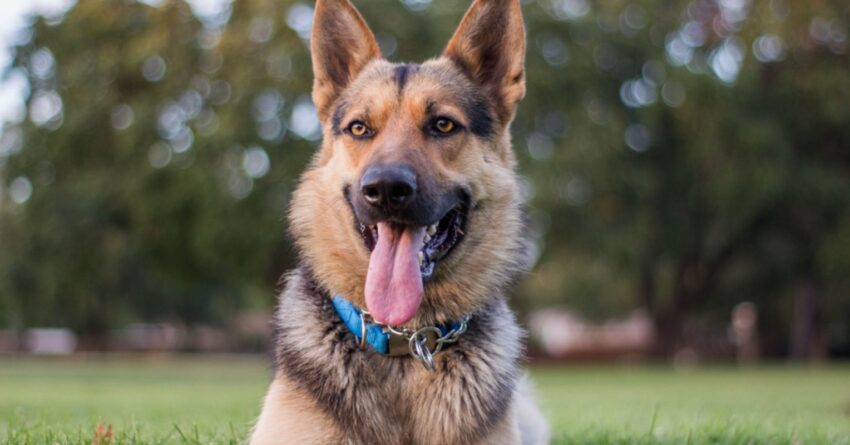It is interesting to consider the difference between animals and humans and how they respond to situations. One of the reasons I write for Psychology Today is because of the useful information that can be found when considering what we can learn from observing animals and their behaviors. Humans and animals follow the same rules of behavior but often follow them differently.
One area where this is particularly true is summarized in the phrase “living in the moment,” which is used so often that it has practically become cliché. Animals live in the moment almost exclusively, while humans usually do it much too rarely. Animals respond to situations with whatever information they have available while humans often get bogged down by the added step of worrying what their behaviors will mean. Yet living in the moment is considered such an effective strategy for helping humans lead a healthy life that it makes up a large part of therapeutic techniques, such as mindfulness.
I recently had the chance to reconsider how animals live in the moment when given the opportunity to watch a German shepherd. They are wonderful dogs and one of their main instincts is to help control other animals like deer and sheep. German shepherds are so good at this that they often are used to help control deer and sheep populations (Curtis & Rieckenberg, 2005).
When taking the dog for a walk, I noticed that at one point she just stopped and started staring at a deer that was on another side of a gate. Even after she barked and the deer ran away, she still kept staring, clearly looking for something to happen. This went on for a while until I had to tell her it was time to leave.
It was obvious that only one of us was worried about what happened after this point. She was the definitive example of “living in the moment.” She had a job to do and was not worried whatsoever about whether anybody saw any practical reasons why she would need to do this job. I expect if I had asked her what she was doing (if she could speak) she would have said, “I’m going to shepherd that deer out of here”—and if I asked when she would be done, she would respond, “I’ll be done when I’m done.”
I bring this up not because I am trying to suggest that we model our lives after dogs. But, again, I have never seen a human do as well at “living in the moment” as this animal. So, I thought it would be useful to summarize what I learned here about “living in the moment”.
- Human speech is one of our greatest strengths but also one of our greatest weaknesses. It allows us to plan for the future but also causes us to worry about the future. Sometimes, the best way to use your speech may be to work out what you should do, do it, and then decide if what you did was worthwhile only after you are done. This is truly “living in the moment.”
- Even when you review whether what you did was worthwhile, the focus should only be on using that information to plan better for the future. “Living in the moment” in a healthy way means recognizing that you cannot change what you did and have no reason to feel bad if you did things based on the best information you had at the time.
- Words like “should” and “must” are the least helpful words emotionally. When you use the best information available to decide what you are doing “in the moment,” it is rarely ever helpful to judge it further by saying “I should be doing something else” or “This must turn out a certain way.”
- Life rarely ever functions on a predetermined schedule. Very often you just need to make decisions based on the best information you have and then wait to see what happens. Like the dog in my example, very often the only answer to the question of “When will I know how this is going to turn out?” is “I’ll know when I know.”
